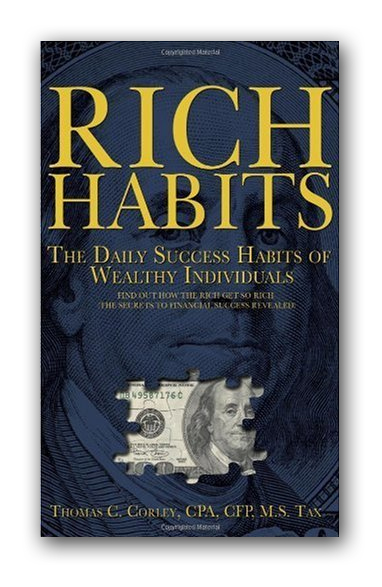
To simplify and better visualize the construct of our brain, neuroscientist Paul D. MacLean articulated the concept of the “triune brain” – Neocortex, Limbic System and Brain Stem.
But, the brain has many complex sub-systems. One of those is the anterior cingulate cortex. The anterior cingulate cortex includes subcallosal and precallosal portions that have extensive connections with the insula, prefrontal cortex, amygdala, hypothalamus, and brain stem.
In other words, it touches each one of the triune brain parts.
Why should you care?
You should care because recent research into the anterior cingulate cortex is helping to unlock the mystery of how the old brain (Brain Stem and Limbic System) communicates with the new brain (Neocortex).
Still, why should you care?
You should care because this communication is where inspiration occurs.
Our old brain (Brain Stem and Limbic System) has been around for millions of years.
Our new brain (Neocortex) is a recent addition. Some neuroscientists peg the existence of our new brain at just 75,000 years.
As a result, the old brain is significantly more evolved and powerful than the new brain. And its powers are just beginning to be understood.
One of those powers is inspiration. Inspiration is the means by which the old brain communicates ideas to the new brain.
But inspiration is hard to come by. The few who are able to on-ramp this powerful communication highway have changed humanity with their inventions and become enormously wealthy in the process: the automobile, rockets, light bulbs, the Internet, Google, Facebook, the iPhone, and the microwave.
How Do You Turn on Inspiration?
There are certain things you can do to access this powerful inspiration-based communication system. And the common variable is slowing down your brain:
- Meditation – Meditation slows down your brain waves, enabling the anterior cingulate cortex to orchestrate communication between the old brain and the new brain.
- Aerobic Exercise – Aerobic exercise exhausts the brain. In this state, the old brain and the new brain are in sync and able to better communicate.
- Massage – A deep massage relaxes the entire body, including the brain, slowing it down.
- Warm Bath/Hot Shower – Hot water raises your body temperature. Several benefits of this rise include: Improved blood circulation, Improved lymph circulation, detoxification, increased metabolism and calmer central nervous system. The brain is part of the central nervous system.
- Moderate Consumption of Alcohol – Alcohol is a depressant, which means it slows down the brain and the central nervous system’s processes. One or two glasses of alcohol does the trick.
- Take a Nap – When you enter and exit sleep, you must pass through the alpha state. In the alpha state, brain waves are slowed down, enabling the anterior cingulate cortex to work its magic.







